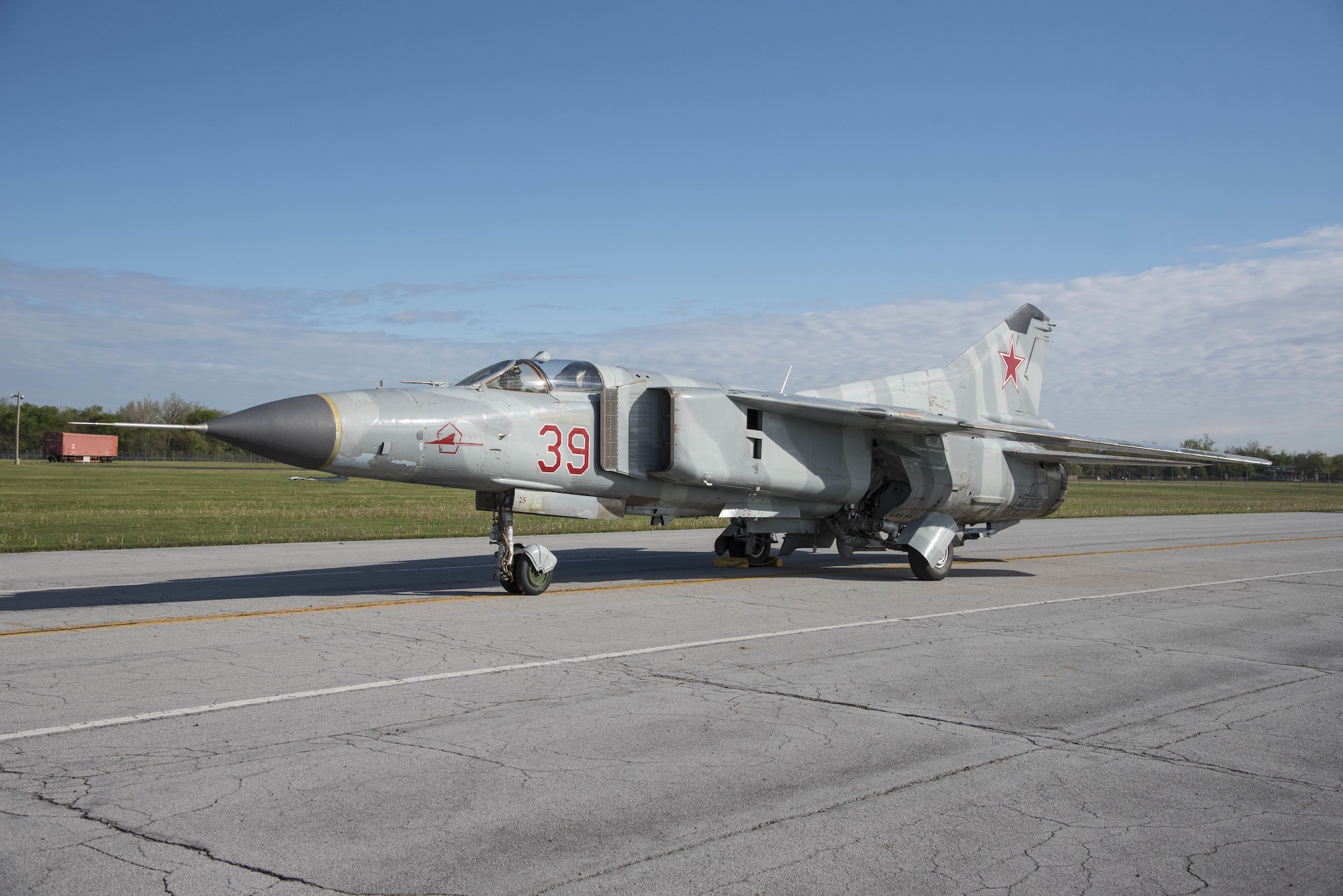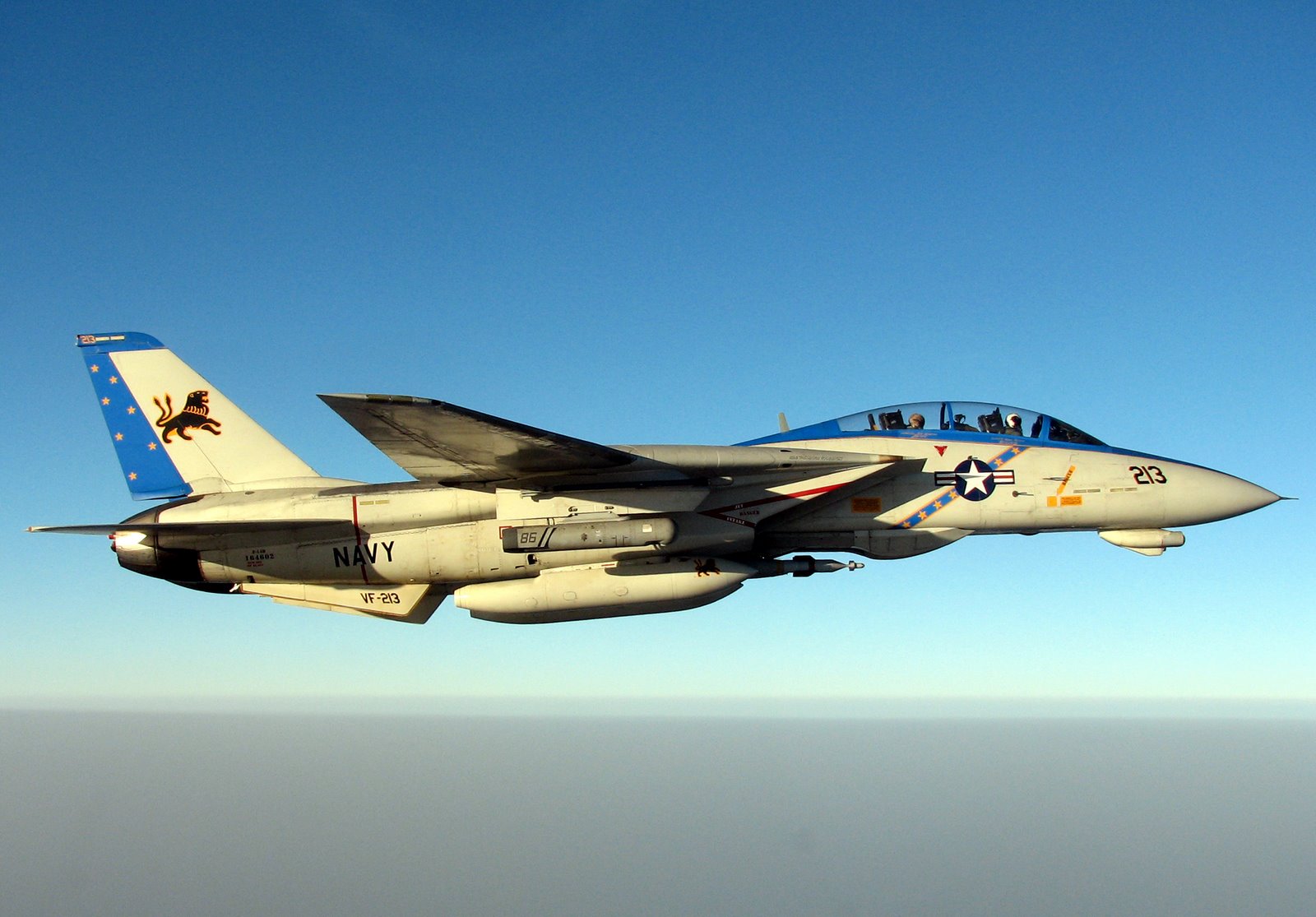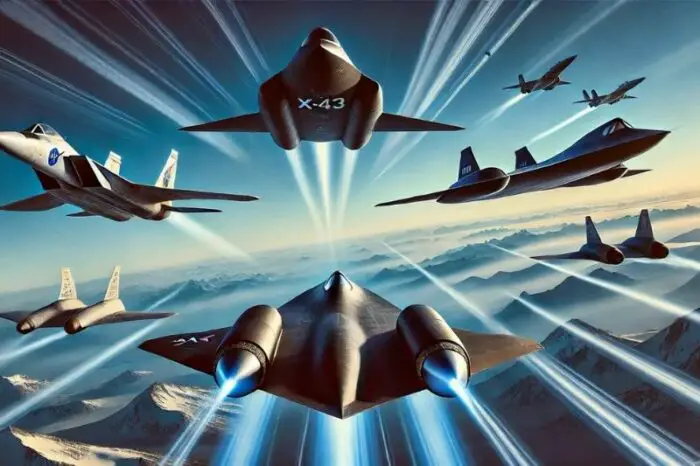We have curated a list of the Fastest Plane in the world, to save you the next time you get into an argument.
High-speed aviation has never not been interesting to enthusiasts and engineers, pushing the limits of technology and human imagination. From military jets breaking sound barriers to experimental aircraft reaching the edge of space, these record-breaking planes define aeronautical excellence.
Below is a list of the world’s fastest planes as of 2024, showcasing their incredible speeds, and innovative designs.
Why Speed Matters in Aviation
Pursuing speed in aviation has been a driving force behind some of the most significant advancements in aircraft design and technology. From breaking the sound barrier to reaching hypersonic speeds, the quest for faster planes has shaped military strategy and influenced civilian air travel and aerospace engineering.
On the other hand, supersonic and hypersonic technologies have revolutionized the way we think about air travel. The development of advanced propulsion systems, aerodynamic designs, and materials that can withstand extreme conditions has made it possible for aircraft to reach unprecedented speeds. These breakthroughs have paved the way for faster, more efficient travel and have significant implications for both military and civilian applications.
The Fastest Plane in the World in 2024
1. NASA X-43
- Speed: Mach 9.6 (7,366 mph)
- Type: Unmanned experimental aircraft
The NASA X-43 holds the record as the fastest aircraft ever built. Powered by a revolutionary scramjet engine, it achieved speeds nearly 10 times the speed of sound. As a part of NASA’s Hyper-X program, it serves as a blueprint for future hypersonic aviation, potentially revolutionizing air travel and military applications.
2. Lockheed SR-71 Blackbird

- Speed: Mach 3.3 (2,200 mph)
- Type: Reconnaissance aircraft
The SR-71 Blackbird, developed during the Cold War, remains legendary for its combination of speed and stealth. Thanks to its titanium body and turbojet engines, it was engineered to outrun threats while gathering intelligence. Retired in 1999, its influence on modern aerospace design remains significant.
3. North American X-15
/https://tf-cmsv2-smithsonianmag-media.s3.amazonaws.com/filer/d3/ca/d3ca89d6-7a43-4f54-9ebe-62b50cbeb1e7/6283h.jpg)
- Speed: Mach 6.7 (4,520 mph)
- Type: Rocket-powered aircraft
The X-15 was an experimental rocket plane that operated at the edge of space. It contributed significantly to space exploration, primarily for research, providing key data on high-speed flight and extreme altitude operations.
4. Mikoyan-Gurevich MiG-25 Foxbat

- Speed: Mach 2.83 (1,864 mph)
- Type: Interceptor aircraft
Built during the Cold War, the MiG-25 was designed to intercept high-speed threats like the SR-71 Blackbird. With powerful engines and a durable nickel-steel frame, it excelled in high-altitude and high-speed operations, though its range and agility were limited.
5. Mikoyan MiG-31 Foxhound

- Speed: Mach 2.83 (1,900 mph)
- Type: Supersonic interceptor
The MiG-31 was introduced as a more advanced successor to the MiG-25. It features improved radar capabilities, allowing it to intercept stealth aircraft, and remains in active service today, showcasing its enduring design.
6. McDonnell Douglas F-15E Strike Eagle

- Speed: Mach 2.5 (1,650 mph)
- Type: Multi-role fighter
Renowned for its versatility and high-speed capabilities, the F-15E Strike Eagle has played a crucial role in military operations worldwide. It combines speed with advanced avionics, ensuring its relevance in modern aerial combat.
7. Sukhoi Su-27 Flanker

- Speed: Mach 2.35 (1,550 mph)
- Type: Air superiority fighter
Designed to rival Western jets like the F-15, the Su-27 is known for its high maneuverability and advanced avionics. Its robust design has inspired a family of aircraft still in service across multiple countries.
8. Mikoyan MiG-23 Flogger

- Speed: Mach 2.35 (1,553 mph)
- Type: Fighter-bomber
As one of the most-produced variable-sweep wing aircraft, the MiG-23 offered significant upgrades in radar and weaponry. While retired by Russia, it remains active in several other nations.
9. Grumman F-14 Tomcat

- Speed: Mach 2.34 (1,544 mph)
- Type: Multi-role fighter
Famous for its role in the U.S. Navy and pop culture, the F-14 combined speed, power, and flexibility. Its variable-sweep wings made it a standout aircraft worthy to be among the fastest plane in the world, though it has been retired since 2006.
10. Lockheed Martin F-22 Raptor
(2).jpg.pc-adaptive.full.medium.jpg)
- Speed: Mach 2.25 (1,500 mph)
- Type: Stealth fighter
The F-22 combines speed, stealth, and advanced technology, making it one of the most sophisticated fighter jets in the world. Though its speed is lower than others on this list, its overall performance and innovation are unmatched.
The Technology Behind Supersonic and Hypersonic Speeds
Propulsion Systems
Different types of propulsion systems enable aircraft to achieve supersonic and hypersonic speeds:
- Turbojet Engines: Used in many supersonic aircraft, these engines compress incoming air before mixing it with fuel and igniting it.
- Ramjet Engines: These engines rely on the aircraft’s speed to compress incoming air, making them efficient at high speeds but ineffective at low speeds.
- Scramjet Engines: An advanced form of ramjet, scramjets compress and ignite air at supersonic speeds, enabling hypersonic travel.
Aerodynamics
Achieving supersonic and hypersonic speeds requires advanced aerodynamic designs. Aircraft must be able to minimize drag and withstand extreme temperatures and pressures. Materials like titanium and advanced composites are often used to build these aircraft because of their strength and heat resistance.
Challenges
Despite the incredible advancements in supersonic and hypersonic technology of the fastest plane in the world, several challenges remain:
- Fuel Efficiency: High-speed travel consumes significant amounts of fuel, making it expensive and environmentally challenging.
- Structural Integrity: The intense heat and pressure experienced at high speeds can weaken materials and structures.
- Operational Costs: Developing and maintaining high-speed aircraft is costly, limiting their widespread adoption.
The Impact of Speed on Aviation
The advancements showcased by these planes influence not only military and defense strategies but also civilian aviation. Hypersonic technologies could revolutionize global travel, reducing flight times dramatically. However, challenges like fuel efficiency, material durability, and safety remain key obstacles.
As we look to the future, ongoing research into supersonic and hypersonic aircraft continues to push the boundaries of what’s possible in aerospace engineering.
Conclusion
The evolution of the fastest plane in the world highlights the incredible advancements in aerospace engineering and technology. From the legendary SR-71 Blackbird to the groundbreaking NASA X-43, these aircraft represent the pinnacle of speed and innovation.
As we look to the future, the continued development of supersonic and hypersonic technologies promises to revolutionize both military and civilian aviation, bringing us closer to faster, more efficient air travel. Will we ever see commercial flights reaching these speeds? Only time will tell, but the possibilities are truly exciting.


